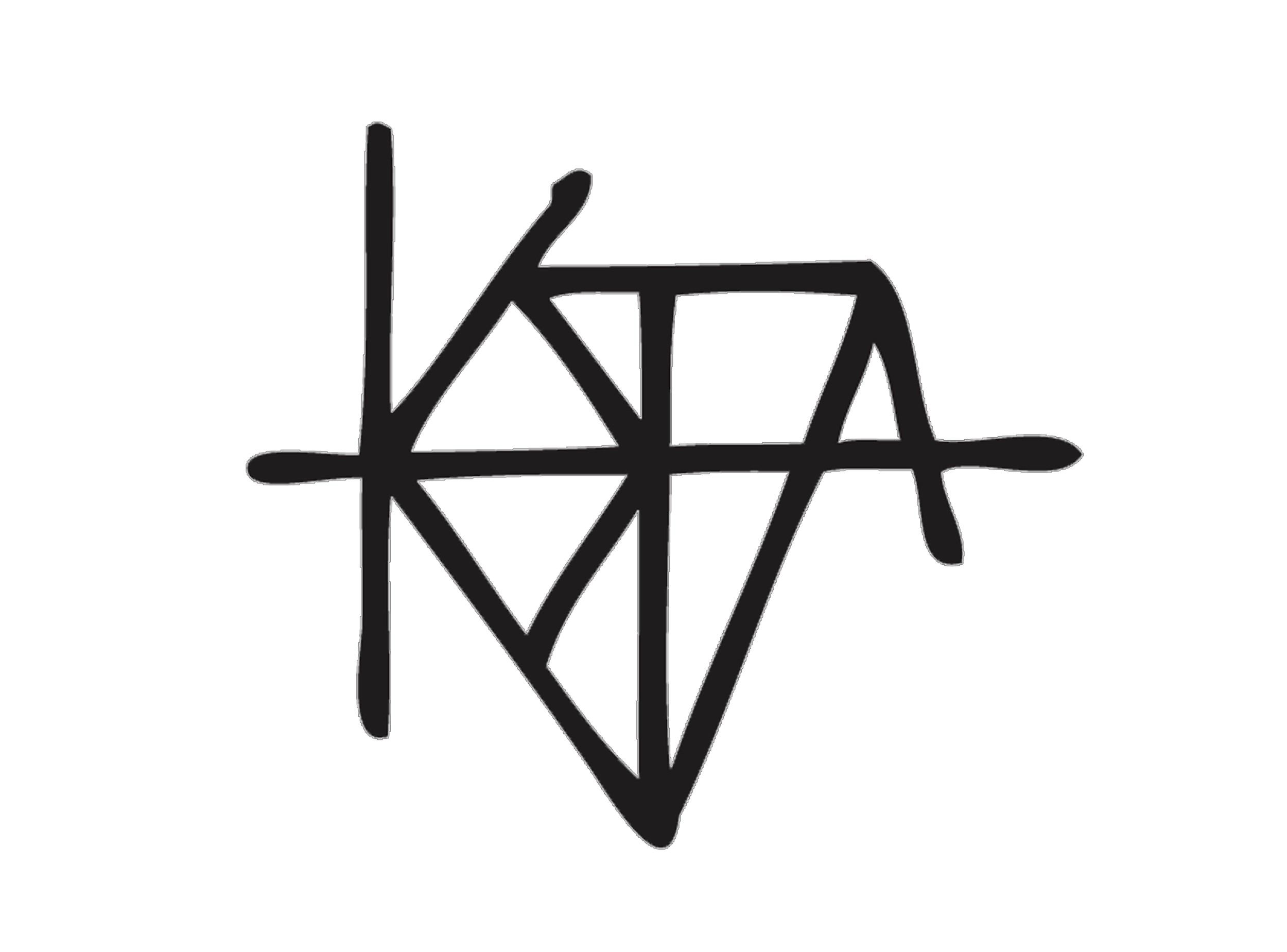Damascus Steel
Damascus, or pattern welded, steel is a combination of multiple steels forge welded into a solid piece. Each steel uses has a slightly different chemical makeup, which creates the layer contrast when oxidized. Damascus makers can have a wide range of control over the steel, anywhere from a random effect, to mosaic images in the steel. This page shows the general concept of making a basic pattern of damascus, but processes vary greatly for different patterns.
The billet starts out as several pieces of different steels stacked in alternating layers. The layers are then tack welded together, and welded to a long handle.
The stack is then heated to about 2300F and tapped together. The aim at this point is to just get the layers very close together, so that the separate steels start sharing electrons and form into one piece. The billet is then drawn out, cut several times, and re-stacked, which increases the layer count. This process of heating, hammering, cutting, and re-stacking is repeated until the desired layer count is achieved.
Once the billet contains as many layers as wanted, it is drawn out and the pattern is pressed in. The resulting ridges are ground off, exposing the cross sections of the layers. From here, the knife is cut out or forged, and the rest of the process proceeds as normal. When the knife is finished, it is etched in acid, which oxidizes the steel. The steel with a higher nickel content will resist etch, leaving it lighter while the other steel darkens.



